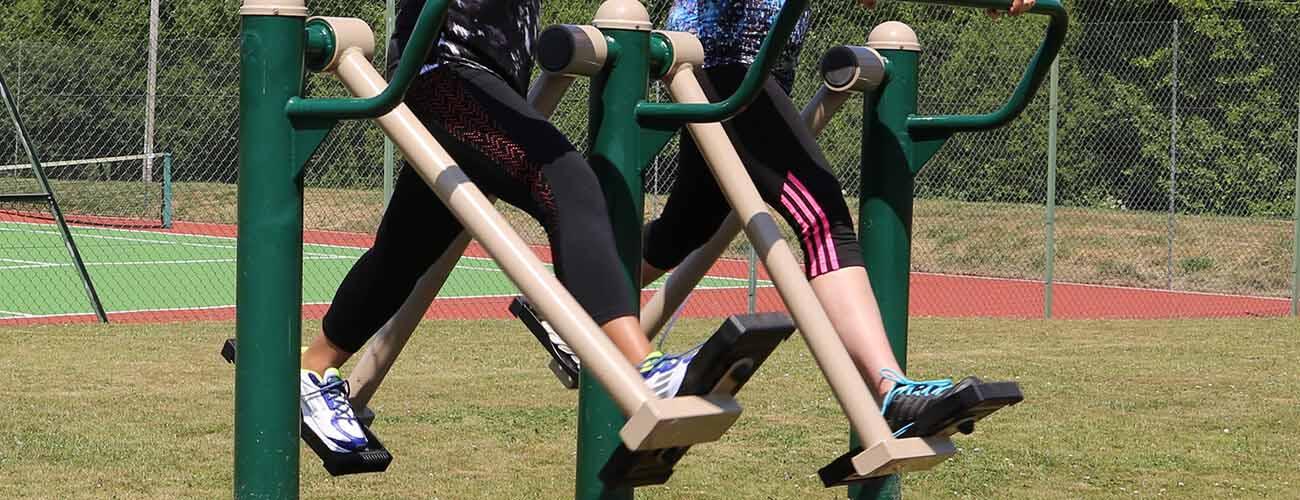
We all know that, along with a healthy diet and getting enough sleep, movement is one of the best tools we have for enjoying a long, healthy life. And this includes exercises for flexibility, strength, mobility, stability, balance and cardiovascular fitness.
Equally, those who work out regularly reduce their risk of diseases like type 2 diabetes, heart problems and mental health issues. But there’s more to fitness than just not becoming ill. Functional mobility is vital to energy and happiness, as well as staying independent in later life.
Here, we look at how to reach peak fitness whatever your age:
11th August 2025
This is a great time to get into good habits, and you’ll feel the benefits for decades ahead. Prioritise strength training to encourage bone density and growth – bone health at 30 decides this for later life. Equally, walking and running will maximise the strength and efficiency of your lungs, heart and muscles – bear in mind that aerobic capacity naturally declines from the mid-thirties onwards.
Nail the shoulder pull, press-up, plank, squat and lunge and try to run a mile and a half – women and men ought to be able to complete this in 13 and 11 minutes respectively.
Strength training and building power become increasingly important at this age, for muscle and metabolic health. Aim to work out around four times weekly, with sessions lasting between 30 minutes and an hour. But don’t neglect cardio exercise for reducing the risk of diseases. High-intensity interval training (Hiit) is great if you’re short on time, and won’t put your body under excessive stress.
If you want to test your fitness, try a 60-second plank, 10-15 full push-ups and deadlift your body weight.
In this decade, muscle mass can start to decline. Continue with strength training and work smarter, not harder, with workouts providing maximum benefits. Lift weights and consider lower-impact cardio options from cycling and rowing to swimming. Try a ‘grip and lean’ – tie a towel or band around a banister and lean back with straight arms. Build up to two minutes before upgrading to an overhead bar hang.
Goals to work towards include walking 400m in less than six minutes and 10 controlled body-weight squats. You may find by this age that building muscle and prompt post-workout recovery become harder. Yet this is no time to slow down. Indeed, this stage determines how you’ll fare in later life. Continue the resistance work, do some Hiit for cardio health, and have two rest days a week.
Give yourself an eccentric challenge such as the ‘farmer’s carry’ in which you hold kettlebells or dumbbells by your side and walk to improve grip strength plus shoulder and core stability. And by the way, this is nothing to do with being odd or quirky! Eccentric exercises work to lengthen the muscles, for example by lowering into a heel drop or squat.
If you’ve built a solid foundation for your fitness, great, but it’s not too late to start. Assess your ability by lifting a bare foot, putting on a sock and shoe and tying the laces before repeating on the other side. Do this easily and without dropping your foot and you’re in a strong position.
If you struggle to do this in 60 seconds, consider incorporating more mobility, balance and fall prevention work into your regime. Think about tai chi or raising alternate legs as you brush your teeth. Or attempt a 45-second wall ‘sit’, keeping your legs at a 90-degree angle.
Small movements done in brief pockets of time can also be highly effective. Another thing to try is sitting down in slow motion each time you do so. This is an ‘eccentric’ movement, as mentioned above, and can make all the difference to the way you age.
Even a few minutes of eccentric exercise daily can boost strength, flexibility and mental wellbeing in just a few weeks. Activities like gardening also count.
By this decade, peak fitness prioritises remaining independent. Strength training is vital; replacing the previous understanding that aerobic training was more important. Weights, resistance bands or body weight lifts help combat age-related frailty, reduce fall risk and improve walking speed and mental agility, among other benefits.
A good fitness test for this age is the 30-second sit-to-stand assessment. Cross your arms and hold them against your chest. If you can stand up and sit down 14 times, you’re moderately fit
You’re in good shape if you can walk without assistance for 10 minutes. Try lifting a foot an inch or two off the floor, keep it there for 10 seconds while you’re standing on one leg. If you can do this, again you’re in good form. Resistance bands are great at this age, as are short walks. Flexibility and joint mobility are essential for avoiding falls, which caused two-thirds of all injury-based deaths this decade.
Low-impact activities like yoga or Pilates once or twice a week can also help you stay independent and confident.
Whatever your age or ability, an outdoor gym can help with a vast array of strength, resistance and cardio workout options. Fresh Air Fitness is the leading UK supplier of outdoor gym equipment communities from schools to parks, residential settings and more.
We’re here for users of all ages and have previously written about how exercise benefits older people and offered advice on keeping kids active over the long summer holiday – so our gyms are for everyone. What’s more, our compliant, safe and top-quality equipment comes with a 25-year warranty.
Back to all blog posts